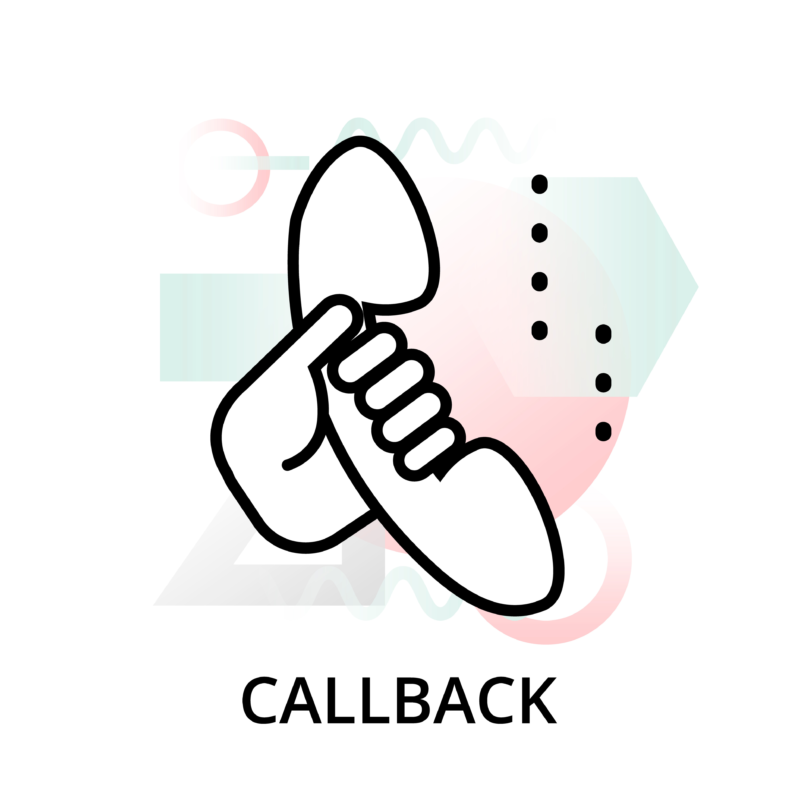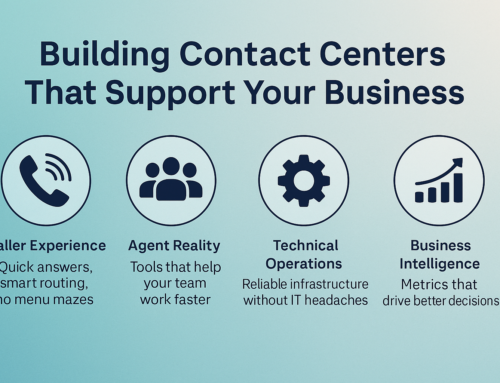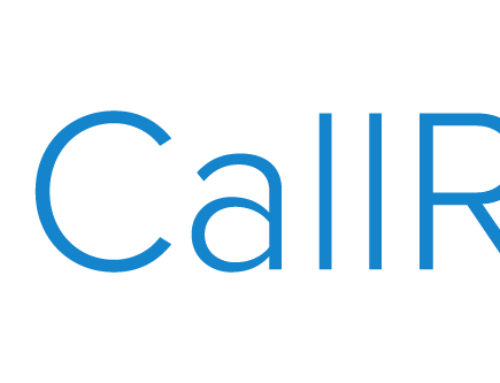Courtesy Callback reduces the time callers have to physically wait on hold or in a queue. The feature enables your system to offer callers (who meet your criteria) the option to receive a courtesy call back by the system instead of waiting on the phone for an agent. The caller who has been queued by Unified CVP can hang up and subsequently be called back when an agent is close to becoming available (preemptive callback).
Preemptive callback does not change the time a customer must wait to be connected to an agent, but rather enables the caller to hang up and not be required to remain in queue listening to hold music.

If the caller decides to be called back by the system, they leave their name and phone number. Their request remains in the system and when the system determines that an agent will be available soon (or is available), then the system places a call back to the caller. The caller answers the call and confirms that they are the original caller, and the system connects the caller to the agent after a brief wait. In the event that the caller cannot be reached after a configurable max number and frequency of retries, the callback is aborted and the database status is updated appropriately. You can run reports to determine if any manual callbacks are necessary based on your business rules.
A typical Courtesy Callback flow would look something like this
(although there are many options and variations for each use case)

• The caller arrives at CVP and the call is treated in the normal IVR environment.
• Immediately, or after pre-determined hold time, the system offers to call the customer back when an agent is available.
• If the caller chooses not to use the callback feature, queuing continues as normal. Otherwise, the call continues as indicated in the remaining steps.
• If the caller chooses to receive a callback, the system prompts the caller to record their name and to key in their phone number.
• The system writes a database record to log the callback information. If the database is not accessible, then the caller is not offered a callback and they are placed in queue.
• The caller is disconnected from the PSTN side of the call. However, the IP side of the call in CVP and ICM is still active. This keeps the call in the same queue position. No queue music is played, so VXML gateway resources used during this time are less than if the caller had actually been in queue.
• When an agent in the service/skill category the caller is waiting for is close to being available (as determined by the callback scripts), then the system calls the person back. The recorded name is announced when the callback is made to insure the correct person accepts the call.
• The system asks the caller, through an IVR session, to confirm that they are the person who was waiting for the call and that they are ready for the callback.
• If the system cannot reach the callback number provided by the caller (for example, the line is busy, RNA, answering machine, network problems, etc.) or they do not confirm they are the caller, the call is not sent to an agent. In this way, the agent is always guaranteed that someone is there waiting when they take the call. The system assumes that the caller is already on the line by the time the agent gets the call.
• This is why this feature is also known as pre-emptive callback – the system assumes that the caller is already on the line by the time the agent gets the call and that the caller has to wait minimal time in queue before speaking to an agent.
• The system presents the call context (call info, peripheral call variables, etc) on the agent’s desktop, as normal.
Some considerations for deploying and using Courtesy Callback include:
• Estimating the wait time for the caller
• Deciding which callers or percent of callers are offered the callback option
• Handling unanswered callbacks
• Configuring reports for callbacks and unanswered callbacks
You can read more about these considerations in our article “Deploying Courtesy Callback the Correct Way”.
CtiPath has extensive experience designing, deploying, and supporting Courtesy Callback in Cisco UCCE and PCCE environments. Furthermore, we’ve developed a proprietary Estimated Wait Time (EWT) algorithms that more accurately calculates wait times.






